The Problem:
The name of the game in energy is diversification. Water, wind, solar have steadily increased their share of the American energy market and is only expected to grow in the years to come. The difficulty for the automobile, however, is that it is not nearly as agile. The vast majority of vehicles on the market today require a specifically refined petroleum product that is subject to limited availability, environmental concerns, and geopolitics. This project hopes to offer a solution to make automobiles more accommodating to innovations in power generation. To that end, I present the Power Pack platform.
The Solution:
The Power Pack platform is the physical manifestation of an idea; to diversify the energy sources available for motor vehicles. This platform achieves diversity by offering a standardized form factor and output upon which others can use to iterate upon. Standardization has been a key element in precipitating rapid economic growth from the now ubiquitous shipping container to apps ushering in the “sharing economy”. The Power Pack platform aims to enable customers to power their vehicles through a variety of energy sources, whether that be biodiesel, hydrogen, battery electric, or good old gasoline. While I strongly desire a future free from fossil fuels, the transition to that future will take time and this platform is a path towards that future.
How it works:
The vehicle has a pure electric powertrain. Whether that is a single, high power motor with a differential, motors for each wheel, or multiple hub motors, in the end the tractive motion is can only be generated using electricity.
Under the hood there will be slots for several Power Packs. Each of the slots contain a push-to-connect coolant connectors, two in total for inlet and outlet flows, a high power, two conductor electrical connector, and a 16 pin system connector for low power communication.
What is within the Power Pack is up to the user. It can be an ICE, a 30 KWhr battery pack, a 10 KWHr supercapactior bank, a hydrogen fuel cell, or some future technology that has yet to be developed! Furthermore, users are not tied to a single power source. Currently, I am designing the form factor so that each Power Pack can generate 375 VDC, with a minimum constant current of 25A, and a peak current of 600 A for 10 seconds. This will allow customers to mix and match packs as their situation demands.
Each of these Power Pack modules are tied in parallel and feed into a single unit, the HV junction. The junction combines and smooths the voltages; currently the thought is to do so passively through inductors and capacitors. From the HV junction onward it is rather straightforward and exactly the same as any other DIY electric conversion.
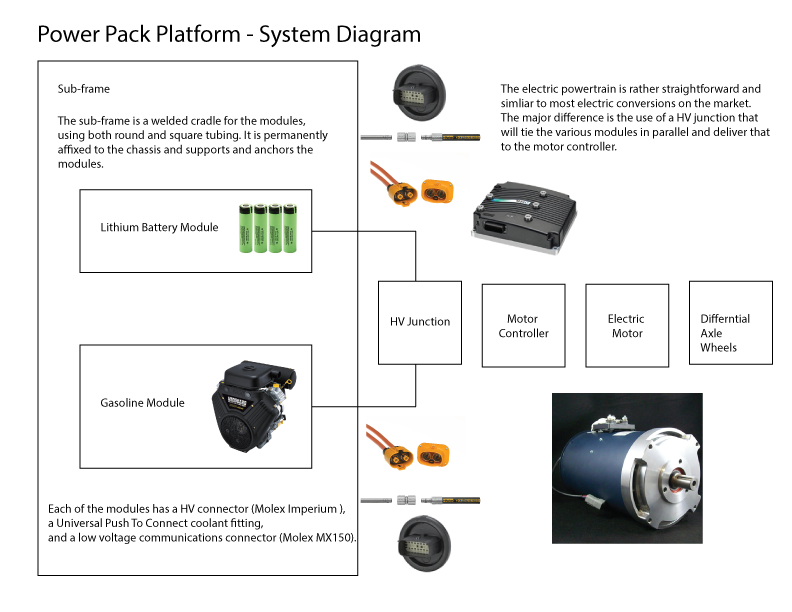
 James Nee
James Nee
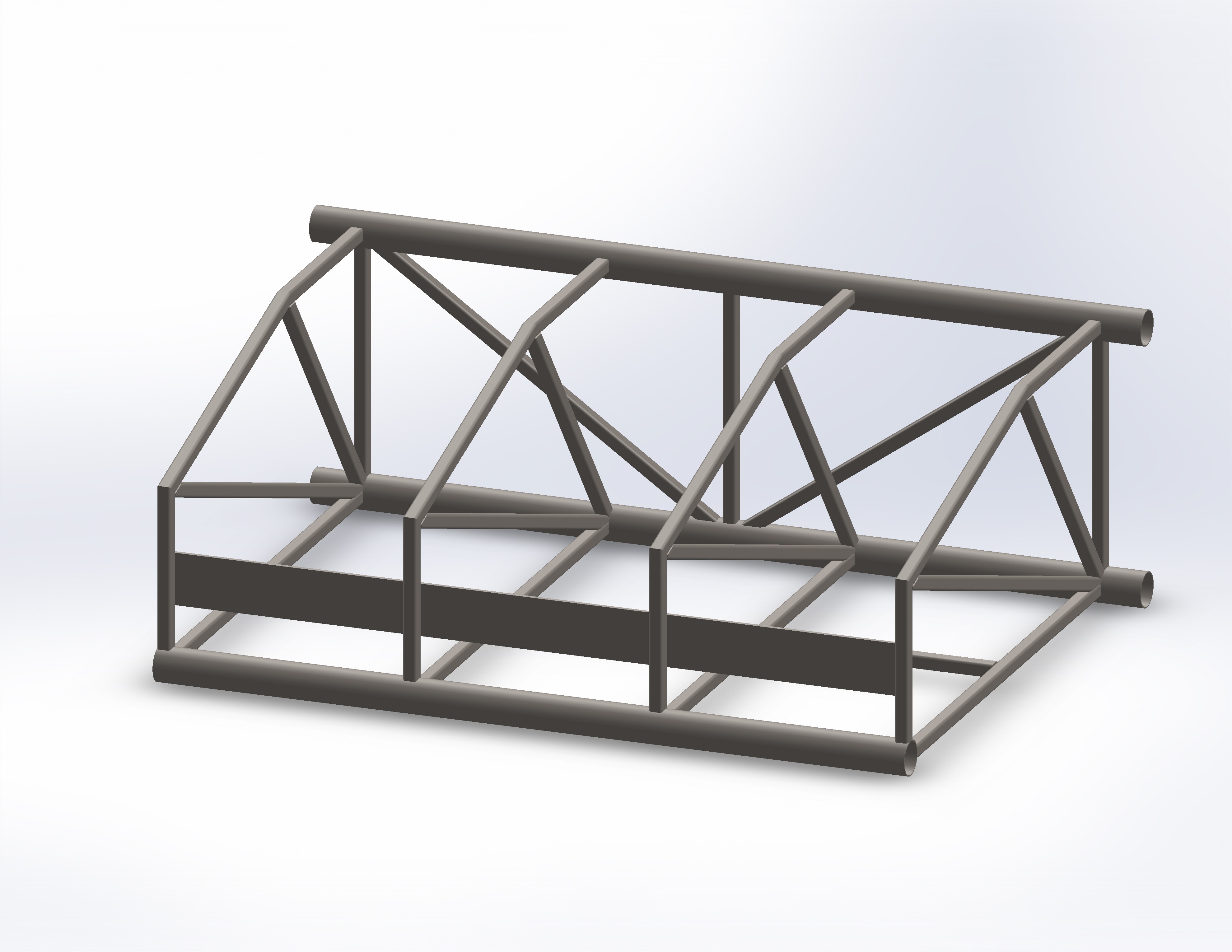
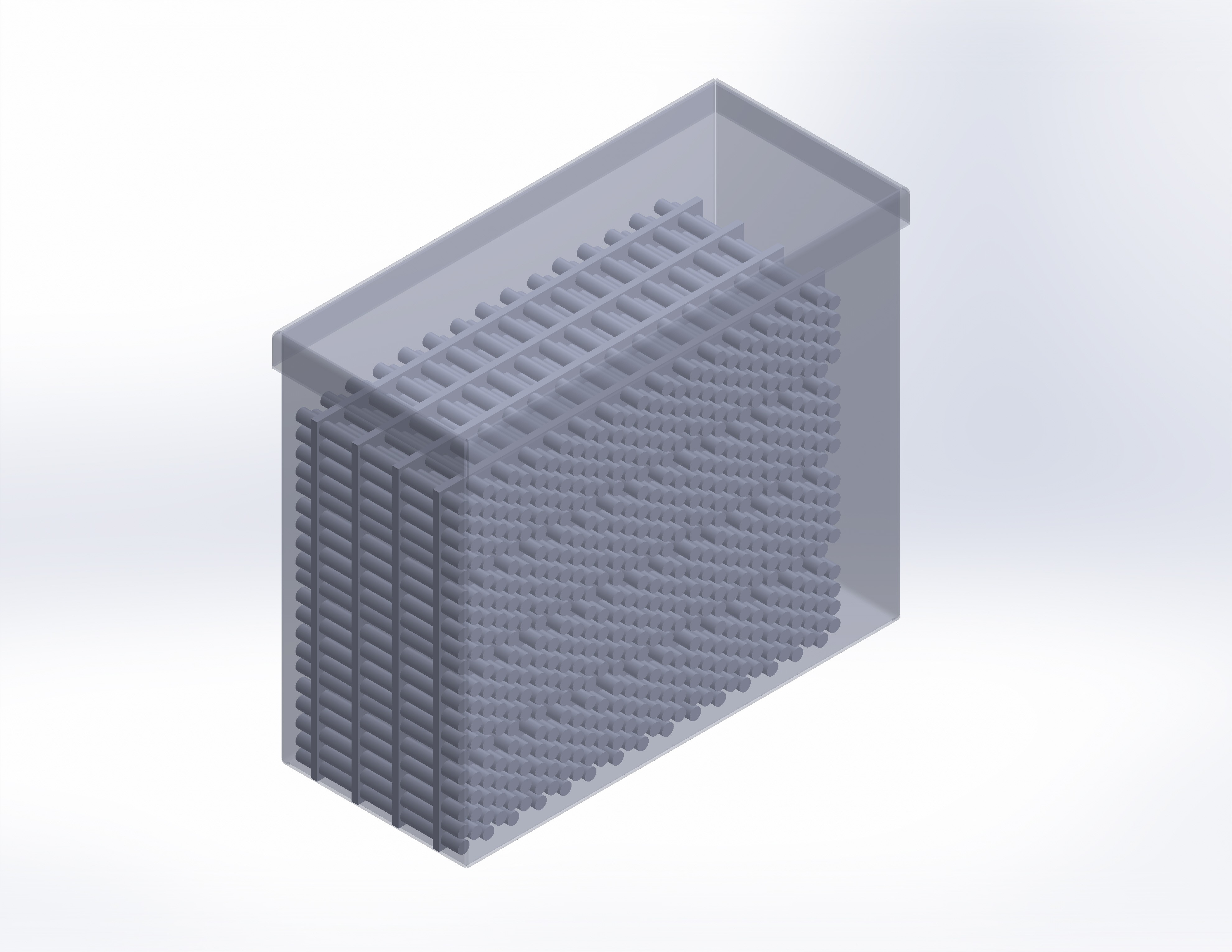
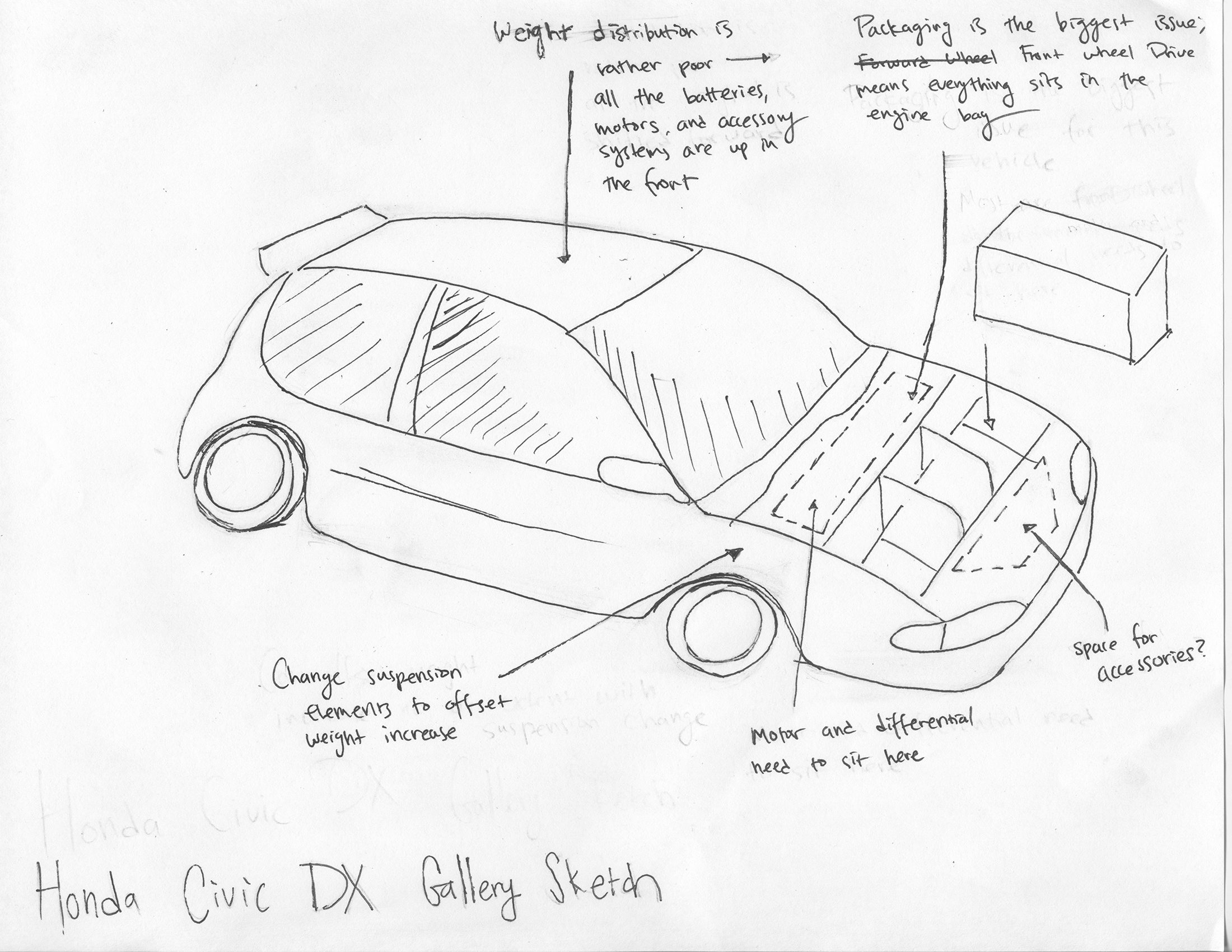
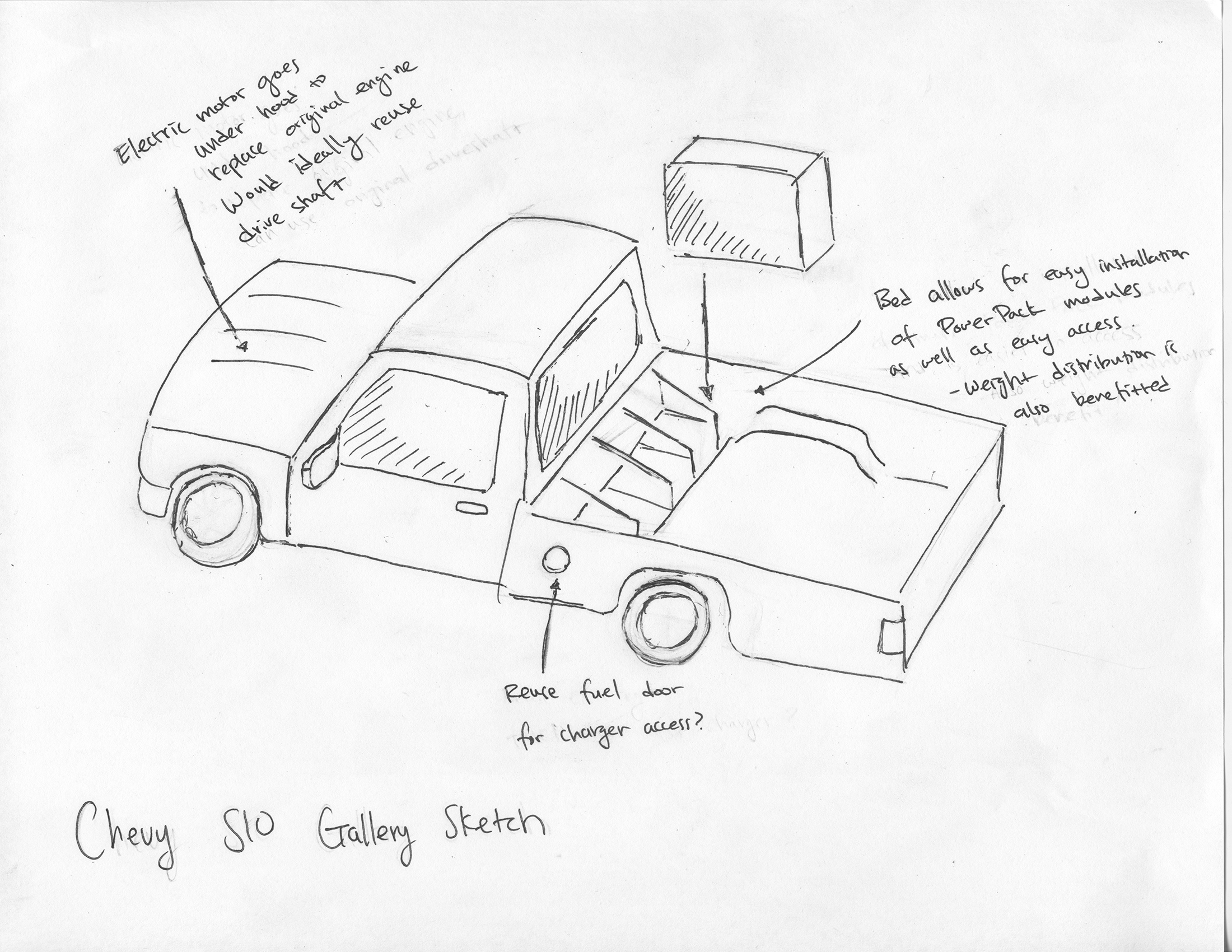
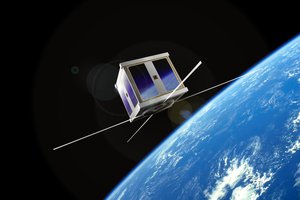
 shenning
shenning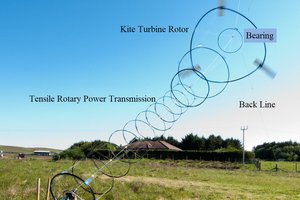
 Roddy "Rags" Read
Roddy "Rags" Read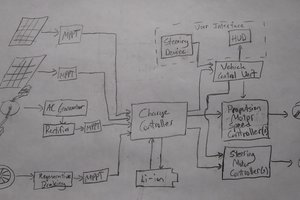
 Brian Gilbert
Brian Gilbert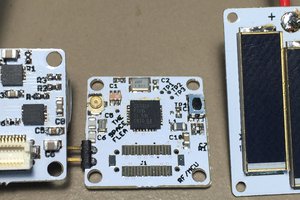
 OzQube
OzQube